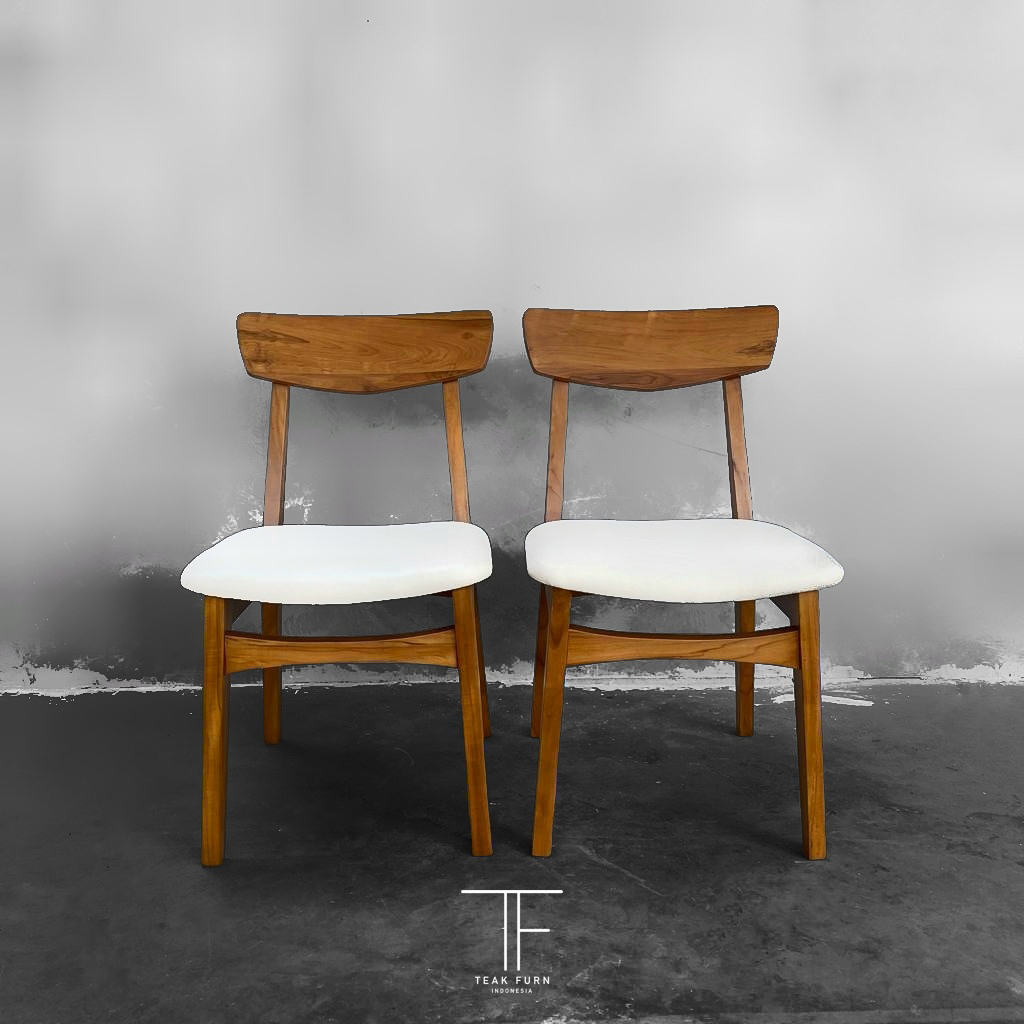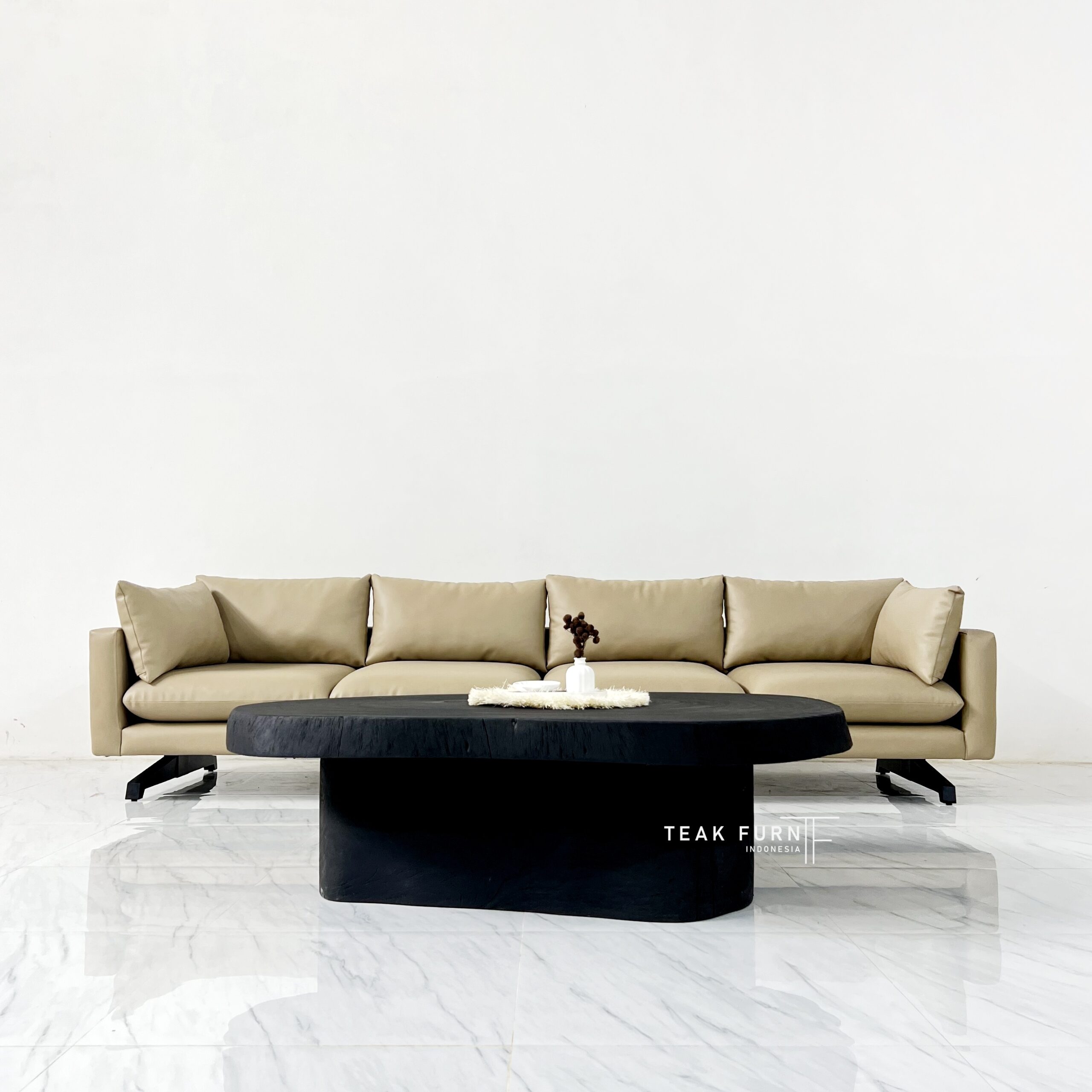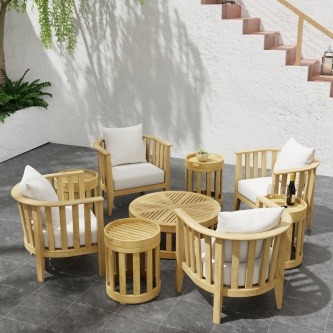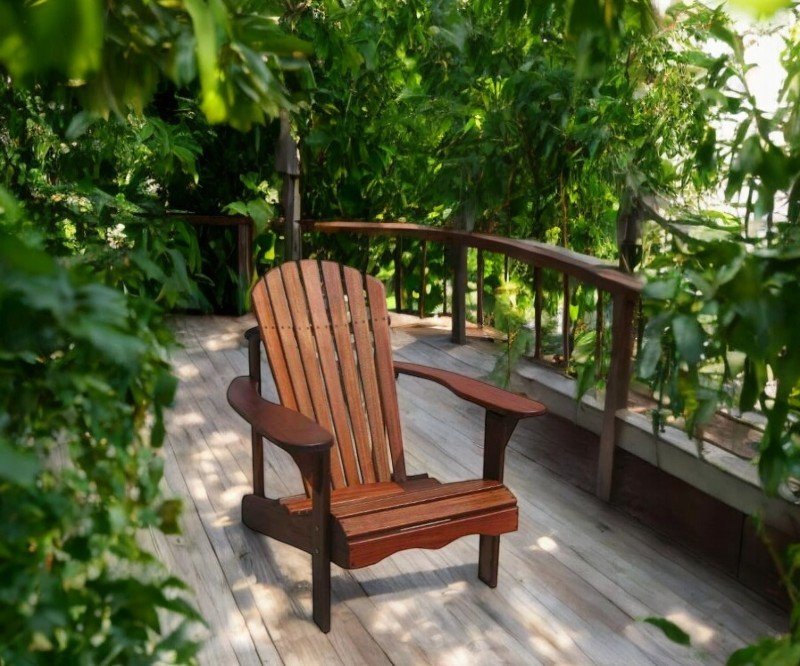Jepara, a coastal town in Central Java, Indonesia, is famous for its high-quality furniture, especially teak wood furniture. If you’re looking to import furniture from Jepara, this step-by-step guide will help you navigate the process smoothly, from choosing the right furniture to managing shipping and customs clearance.
1. Research the Market and Select Furniture

The first step in importing furniture from Jepara is researching the market and selecting the furniture you want to import. Jepara is known for a wide variety of furniture, including tables, chairs, cabinets, and beds. It’s important to align your choice with market demand and current design trends.
Researching online platforms, visiting trade shows, or directly contacting suppliers in Jepara are great ways to explore available options. Be clear about your requirements, such as materials (teak, mahogany, etc.), sizes, and designs. This helps you make an informed decision and ensures the furniture meets your needs.
2. Find a Trusted Supplier or Manufacturer

Once you’ve identified the furniture you wish to import, the next step is to find a reliable supplier or manufacturer in Jepara. Many skilled artisans and companies produce high-quality furniture, but it’s essential to ensure they have a good reputation.
You can find suppliers through:
Furniture Exhibitions: These events provide opportunities to meet manufacturers, inspect products, and negotiate directly.
Online Research: Look for reviews and testimonials from other importers who have experience with Jepara furniture.
Trade Associations: These can connect you with trusted suppliers in the region.
Take your time to vet the supplier, ensuring they can deliver quality furniture consistently.
3. Negotiate Prices and Purchase Terms

After selecting a supplier, it’s time to negotiate the price and purchase terms. Here are key factors to discuss:
Price per Unit or Container: Ensure the price aligns with the quality of the furniture and compare with other suppliers.
Order Volume: Larger orders often qualify for discounts. Determine the quantity you need.
Payment Terms: International payments are usually done via bank transfer, letter of credit (L/C), or advance payment. Make sure the payment terms are mutually agreeable.
Delivery Time: Clarify the production time and shipping schedule to avoid delays.
Clear negotiations will help you avoid surprises down the line and ensure a smooth transaction.
4. Arrange Shipping and Transportation

Shipping from Jepara is typically done via sea freight. It’s important to work with a reliable shipping company to handle transportation and logistics.
Key steps include:
Choosing the Shipping Method: Sea freight is most cost-effective for large quantities, while air freight is faster but more expensive.
Partnering with a Freight Forwarder: A freight forwarder will handle the logistics, including managing shipping schedules, documentation, and coordination with shipping lines.
Prepare Shipping Documents: Ensure all necessary documents, such as the invoice, packing list, bill of lading, and certificate of origin, are in place. These documents are required for customs clearance.
Effective shipping management ensures that your furniture arrives on time and in good condition.
5. Handle Customs and Import Duties

Customs clearance is a critical part of the import process. Every country has specific regulations, tariffs, and taxes for imported goods, so it’s important to understand the rules in your destination country.
Customs Tariffs: Furniture made from teak may be classified differently than other types of wood furniture. Make sure you understand the import duties.
Import Taxes: Be prepared to pay VAT, sales tax, or other applicable taxes, depending on your country’s regulations.
Customs Inspection: Some countries require inspections before goods are cleared. Ensure all documentation is accurate to avoid delays.
Working with a customs broker or agent can streamline the clearance process and ensure compliance with regulations.
6. Inspect and Receive Your Furniture

After the furniture clears customs and is delivered to your location, it’s important to conduct a thorough inspection.
Check for Damage: Inspect the furniture for any damage that may have occurred during shipping. If any items are damaged, contact the supplier immediately to resolve the issue.
Verify Specifications: Ensure the furniture matches the agreed-upon design, material, and size.
A detailed inspection ensures that you receive the correct products in the expected condition.
Conclusion
Importing furniture from Jepara can be a profitable and rewarding business venture, but it requires careful planning and attention to detail. From researching the market and selecting a reliable supplier to handling shipping logistics and customs clearance, each step plays a crucial role in ensuring a smooth import process. By following this guide, you can confidently import high-quality Jepara furniture and build a successful business.



